Radical Sustainability Made Easy – One Community Weekly Progress Update #470
Radical sustainability made easy can provide a lifestyle most people would consider luxurious by today’s standards. More free time, more things to do with that time, better food, artistic housing, economic freedom and a life of growth and enrichment are possible. One Community is supporting this by open sourcing everything needed to make it DIY replicable and free-sharing it as an adaptable foundation for global sustainability.
- Here’s our project overview
- Here’s our world-change methodology
- Here’s how this becomes self-replicating
- Here’s how we are open source and free-sharing all the do-it-yourself designs
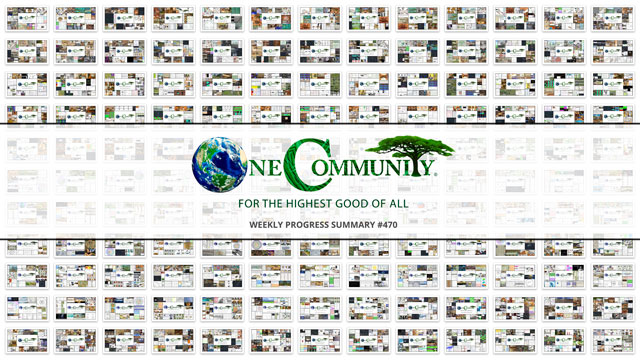
OUR MAIN OPEN SOURCE HUBS
Click on each icon to be taken to the corresponding Highest Good hub page.
One Community’s physical location will forward this movement as the first of many self-replicating teacher/demonstration communities, villages, and cities to be built around the world. This is the March 27th, 2022 edition (#470) of our weekly progress update detailing our team’s development and accomplishments:
Radical Sustainability Made Easy
One Community Progress Update #470
DONATE | COLLABORATE | HELP WITH LARGE-SCALE FUNDING
CLICK HERE IF YOU’D LIKE TO RECEIVE AN EMAIL EACH WEEK WHEN WE RELEASE A NEW UPDATE
YOU CAN ALSO JOIN US THROUGH SOCIAL MEDIA
ONE COMMUNITY WEEKLY UPDATE DETAILS
HIGHEST GOOD HOUSING PROGRESS
 One Community is developing radical sustainability made easy through Highest Good housing that is artistic and beautiful, more affordable, more space efficient, lasts longer, DIY buildable, and constructed with healthy and sustainable materials:
One Community is developing radical sustainability made easy through Highest Good housing that is artistic and beautiful, more affordable, more space efficient, lasts longer, DIY buildable, and constructed with healthy and sustainable materials:
-
-
- Learn about: Our Upcoming Crowdfunding Campaign
- Learn about the different village models: 7 Sustainable Village Models
- Visit the open source portals for the first two: Earthbag Village OS Hub | Straw Bale Village OS Hub
-
This week Jose Luis Flores (Mechanical Engineer) completed his 87th week helping finish the Net-zero Bathroom component of the Earthbag Village. This week Jose Luis continued working on the outer section of the rain barrel support structure for the net-zero bathroom. After researching brackets and accessories for unistrut channels, he decided on a design that would simplify assembly by using a combination of slotted and circular hole unistruts.
The design was based on the wooden version, but uses two support columns for each 2 barrels. The two individual columns were necessary due to the machinery and skill needed to work metal when compared to woodwork. This was possible because one wooden column had the cross section of 3.5″ by 3.5″ while one unistrut had a cross section of 1.525″ by 1.525″. An FEA will be conducted to determine the number of beams needed to support each barrel in order to reduce costs while maintaining safety. Helping in developing radical sustainability made easy. The pictures below show some of this work.
Daniela Andrea Parada (Civil Engineering Student) completed her 38th week helping with the Sustainable Roadways, Walkways, and Landscaping, Earthbag Village, and the final Aquapini & Walipini website updates. This week Daniela started the week by reviewing all new comments across the diversity of Google Docs she’s been working on. She then skimmed through the Roadways, Walkways, Gutters and Parking Lot document to ensure that new edits were addressed and that the website corresponded with those changes and separated the Parking Lot Cost Analysis table into two, so that the reader could see the initial and final design costs.
There were some differences in the cost analysis that had previously been done for the parking lot, so Daniela read through the website in order to figure out where the discrepancy was. She compared the differences and determined which values were not matching up. Daniela then adjusted the initial parking lot cost analysis using a parking lot that fit 150 spaces for the calculations. This included calculating the overall square footage and illustrating it.
She left comments based on her new findings, created a tab for “How to Calculate Your Own Property Access Costs” that acts as an intro to the roadways excel sheet, and went through each item on David’s Action Item list to double check what was done and cross off all that had been completed. Comments were left based on what still needed work. Lastly, Daniela started making adjustments to the Parking Lot Materials Options tab and started researching the price per square foot for materials that were provided in the table. Helping in developing radical sustainability made easy. Pictures below are related to this work.
The Compression Team consisting of Dominick Banuelos (Civil Engineering Intern), Jarot Tamba (Civil Engineering Intern), John Paul D. Matining (Civil Engineer Intern), and Marcus Nguyen (Civil Engineering Intern) completed their 26th week helping with the Aircrete and earthbag compression testing. This week the Compression Testing team compression tested the 2-weeks-curing cylinders. The team took pictures of each cylinder and recorded the weight and compressive strength that each cylinder had.
Compared to shorter curing times, the 2-week-cured cylinders had slight increased strength. The team still found some moisture within the cylinders after two weeks of curing. Additionally, the team had a meeting to prepare for the following week’s compression testing of 3-week-cured cylinders and calculate the fabric needed for stuccoing. Helping in developing radical sustainability made easy. Pictures below are related to this work.
Yuran Qin (Volunteer Web Editor) completed her 18th week helping with web design. This week Yuran checked that all the content had been added, the page was formatted correctly, and added the missing images needed to finish the Sustainable Roadways, Walkways, and Landscaping page. She also created all the remaining images needed to finish the Community Health Insurance page and linked them to the spreadsheet. Yuran then started working on creating the Aquapini and Walipini Open Source Hub page. Helping in developing radical sustainability made easy. Pictures below are related to this work.
Ming Weng (MS Geography & Environmental Engineering)) also joined the team and completed his 1st week helping with the Best Small and Large-scale Community Options for Sustainable Processing and Reuse of Non-recyclables research, report, and tutorial. Ming spent the majority of his time on resource research. He inquired about a solid waste management course offered at JHU (instructors, textbooks, course materials) and, after the instructor’s approval, gained access to part of the course materials.
Due to copyright issues, the original handouts could not be uploaded to the dropbox, but relevant information about incineration models was summarized with citation of the online sources. The sorted handouts will become Ming’s and One Community’s property (a goal for next week). Most of Ming’s time was devoted to reading over these handouts, retrieving relevant information, and citing sources. Existing One Community Google Doc research was also reviewed so Ming could get familiar with the essence of the research completed so far. Helping in developing radical sustainability made easy. Pictures below show some of this work-in-progress.
DUPLICABLE CITY CENTER PROGRESS
 One Community is developing radical sustainability made easy through a Duplicable and Sustainable City Center that is LEED Platinum certified/Sustainable, can feed 200 people at a time, provide laundry for over 300 people, is beautiful, spacious, and saves resources, money, and space:
One Community is developing radical sustainability made easy through a Duplicable and Sustainable City Center that is LEED Platinum certified/Sustainable, can feed 200 people at a time, provide laundry for over 300 people, is beautiful, spacious, and saves resources, money, and space:
-
-
- Learn about this building and it’s function: Duplicable City Center Open Source Hub
-
This week Luis Manuel Dominguez (Research Engineer) completed his 43rd week helping with research related to the City Center Eco-spa designs. This week Luis finalized the head loss calculations for the City Center Spa Design. Given the current knowledge of the system, the head loss of the piping has been accounted for. Other variables that contribute to the head loss of the system are the number of fittings included such as elbow fittings and three-way valves.
Luis will complete this with the addition of the head loss value per item given by its material. With the finalization of the spa model this value can be updated and finalized, but the hardest math is complete. Luis will now continue working with the new members of the team to complete the remaining documentation. Helping in developing radical sustainability made easy. Pictures below are related to this work.
Carlos Lillo (Engineering Technician) completed his 29th week helping with the pallet furniture designs for the Duplicable City Center guest rooms. This week, Carlos continued updating the Duplicable City Center AutoCAD files and finished them all this week. The CAD now contains all the items that appeared in the render videos, making it a lot more complete and informative than the previous versions. He also added dimensions for these and several items. Helping in developing radical sustainability made easy. Pictures below are related to this work.
Xuanji Tang (Architectural Designer) completed her 26th week working on Duplicable City Center updates, now focused on the City Center Lighting updates. This week Xuanji updated the roads, revised the bridge across the outdoor portion of the indoor/outdoor natural swimming pool, added missing double fences, revised the vehicle entrance to the basement on the north side, and updated the vehicle driveway and walkways in the rest of the landscape floor plan. Helping in developing radical sustainability made easy. Pictures below are related to this work.
Huiya Yang (Volunteer Architectural Designer) completed her 25th week working on the Duplicable City Center architectural review and updates related to the structural code. This week Huiya did research on Window 6, and chose 4 different types of durable glass, and after she compared these 4 types, she recommended using laminated glass. She also accomplished the work of updating the confirmed windows and doors’ size in the Window and door schedule in CAD and fixing all the window designations on the floor plans. Helping in developing radical sustainability made easy. Pictures of some of this work are below.
Raj Patel (Mechanical Engineer) completed his 14th week helping with the Duplicable City Center hub connectors design and testing. This week Raj designed 2 brackets that may be good alternatives to the current design. He also created the angled beam assemblies with each of these new brackets and ran studies on both the new designs which showed promising results. Helping in developing radical sustainability made easy. Pictures below are related to this work.
Maya Callahan (Sustainability Researcher) completed her 11th week helping with research and web design, now focused on review and edits to Shreyas’ solar microgrid design specifics related to electric vehicles and the Permaculture Design case study content. This week, Maya continued her work on the Solar Farm Battery Analysis report by replying to comments, following up on others, and backing up links with product information into a new Dropbox folder. She also began integrating details and information from the updated permaculture design into the Final Detailed Design section of the Permaculture google document.
The goal of this task is to transfer findings from the FDE to the permaculture page and organize and format the information so that it can be added to the live permaculture webpage. Helping in developing radical sustainability made easy. The pictures below are related to this work.
Prathik Nirmal Jain (Mechanical Engineer) completed his 8th week of work on the Duplicable City Center hub connectors design and analysis. This week Prathik familiarized himself with a new software – Staad Pro connect. In this software, he modeled the complete dome with the dimension as per the design. He also went through different sources to learn how to perform structural load analysis of the dome in Staad pro to understand the load distribution on the dome, which can be used in studying the stability of the center hub. Helping in developing radical sustainability made easy. Pictures below show some of this work-in-progress.
Diwei Zhang (Mechanical Engineer) also joined the team and completed his first week of work on the the City Center Eco-spa 3D modeling and analysis review. This week Diwei finished reading the entire City Center hot tub design report. He modeled the tub frame and added cinder block insulation plan modeling based on the dimensions and comments in the report. Diwei realized that the 3-way valve and pump located outside the mechanical room may not be an optimal design and decided to move them into the mechanical room. Helping in developing radical sustainability made easy. Pictures below show some of this work-in-progress.
HIGHEST GOOD FOOD PROGRESS
 One Community is developing radical sustainability made easy through Highest Good food that is more diverse, more nutritious, locally grown and sustainable, and part of our open source botanical garden model to support and share bio-diversity:
One Community is developing radical sustainability made easy through Highest Good food that is more diverse, more nutritious, locally grown and sustainable, and part of our open source botanical garden model to support and share bio-diversity:
-
-
- Learn about the structures: Hoop House Hub | Aquapini & Walipini Open Source Hub
- See what we’ll be growing: Gardens & Hoop Houses | Large-scale Structures | Food Forest | TA
-
This week the core team completed additional edits on the Chicken Coop Assembly Doc through page 136, addressing comments, re-writing the original text to coincide with the comments and corrections and checking font sizes and accuracy of statements. We also began considering the use of a solar door for the coop based on one of our team’s successful one-year-in-use-and-still-active solar chicken door. Helping in developing radical sustainability made easy. Pictures of some of this work are below.
A different core team member continued updating images, text and replying to comments on the same Chicken Coop Building Instruction document. Helping in developing radical sustainability made easy.
The core team also updated the Aquapini SketchUp model and generated images with updated dimensions for the three Aquapini ponds, added overflow pipes for the ponds, and created a waterflow image. We also designed the outside terraces. Helping in developing radical sustainability made easy.
And the core team finished preparing the Walipini, Aquapini, and Zenapini content for the web editor and made a list of what still needed to be done, as well as inserted new images and read through the entire document. We also met with the compression testing team to discuss stuccoing details and this week’s plan, then followed up on missing weekly summaries, reported hours, and images. Helping in developing radical sustainability made easy.
Adam Weiss (Chef) completed his 6th week helping with the completion of the Transition Food Self-sufficiency Plan and related menu and meal plans. Helping in developing radical sustainability made easy. This week, Adam worked on tweaking some of the formulas in the Recipe Conversion and Re-sizing Calculator, made a separate workbook to start housing all the recipes, and started to test putting recipes into a new format. Now the recipes are entered into the calculator and they can be easily scaled up, and directions are still provided for cooking. Helping in developing radical sustainability made easy. The pictures below relate to this work.
HIGHEST GOOD EDUCATION PROGRESS
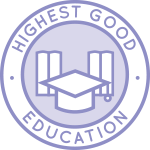 One Community is developing radical sustainability made easy through Highest Good education that is for all ages, applicable in any environment, adaptable to individual needs, far exceeds traditional education standards, and more fun for both the teachers and the students. This component of One Community is about 95% complete with only the Open Source School Licensing and Ultimate Classroom construction and assembly details remaining to be finished. With over 8 years of work invested in the process, the sections below are all complete until we move onto the property and continue the development and open sourcing process with teachers and students – a development process that is built directly into the structure of the education program and everything else we’re creating too:
One Community is developing radical sustainability made easy through Highest Good education that is for all ages, applicable in any environment, adaptable to individual needs, far exceeds traditional education standards, and more fun for both the teachers and the students. This component of One Community is about 95% complete with only the Open Source School Licensing and Ultimate Classroom construction and assembly details remaining to be finished. With over 8 years of work invested in the process, the sections below are all complete until we move onto the property and continue the development and open sourcing process with teachers and students – a development process that is built directly into the structure of the education program and everything else we’re creating too:
- Program Overview: Education Open Source Hub
- How the components work together: How to use the Education for Life Program
- Lesson Plans for Life – Lesson Plans How-to
- Foundations of Outstanding Leaders, Teachers, and Communicators
- Curriculum for Life
- Teaching Strategies for Life
- Learning Tools and Toys for Life
- Evaluation and Evolution
This week, Adolph Karubanga (Certified Project Manager and Civil/Structural Engineer) completed his 2nd week helping with the Ultimate Classroom Structural Engineering. Helping in developing radical sustainability made easy. Helping in developing radical sustainability made easy. This week, Adolph compiled and profiled data on the following materials: straw bales, timber species, type of cement, earthen plaster, waterproofing membrane, polystyrene roofing material, gypsum and details on foundations.
Adolph referenced a book titled “Practical Straw Bale Building” by Murray Hollis and determined the commonly used dimensions for Straw bale construction technology. Regarding timber species, he referred to the technical specifications and identified a species that is most available and can easily be obtained. He then commenced with detailed structural analysis involving structural idealization and will present the results of analysis next week. Helping in developing radical sustainability made easy. See the related pictures below as examples of this work.
HIGHEST GOOD SOCIETY PROGRESS
 One Community is developing radical sustainability made easy through a Highest Good society approach to living that is founded on fulfilled living, the study of meeting human needs, Community, and making a difference in the world:
One Community is developing radical sustainability made easy through a Highest Good society approach to living that is founded on fulfilled living, the study of meeting human needs, Community, and making a difference in the world:
-
-
- Read the Highest Good society overview: Highest Good Society
- Learn about the model for fulfilled living and sharing: A Day in the Life
- Learn about the 4 economic models: RBE | For-profit | Non-profit | Entrepreneurship
- Learn about our open source community collaboration and management software: The Highest Good Network
-
This week the core team completed 16 hours managing One Community volunteer-work review not included above, emails, social media accounts, web development, new bug identification and bug fix integration for the Highest Good Network software, and interviewing and getting set up new volunteer team members. Helping in developing radical sustainability made easy. Pictures below show some of this.
Chris Weilacker (Senior Software Engineer) completed his 35th formal contribution to the Highest Good Network software. Helping in developing radical sustainability made easy. In addition to ongoing support for the team answering questions and helping with various emergency bugs, Chris fixed a PDFing problem we’ve had for months.
Figuring out that volunteers were copying in some styled text with different unsupported fonts into their summaries and that errored the process out and made it so that the process worked on the Dev environment and local development environments, but not on the Main/live environment. So he added some code to remove any styles on text and this fixed this bug that had baffled every other developer that had tried to fix it. Helping in developing radical sustainability made easy. Pictures below are related to this work.
Kevin Begin (Full Stack Web Developer) also completed his 5th week helping with the Highest Good Network software. This week Kevin did research on node-cache, a caching module used on HGNRest, per the suggestion of Gary. After learning about it, he looked into how it’s implemented on HGNRest and found the issue with the badge error. The error is caused by node-cache only updating its data every 10 minutes. This causes the badge system to re-assign previously deleted badges. This caching issue is also causing problems all around the app. Anytime the front end changes data in the database, the change isn’t reflected in HGNRest until it updates. He’s still looking into the issue for possible solutions.
Kevin also helped Elyse work on her bug with the Time Entry Form by suggesting a simple fix that causes the form to only render when a user tries to submit their time. The end result is the form logging the date when the time is submitted as opposed to the date that the page was most recently loaded / reloaded. Helping in developing radical sustainability made easy. Pictures of some of this work are below.
Miguel Fernandes (Full-stack Developer) completed his 3rd week helping with the Highest Good Network software. This week Miguel attended several calls with Kevin to try and figure out what can be refactored in the Dashboard page. He started by converting the TeamMemberTasks component to a functional component. Later in the week he talked about creating a new API endpoint with the other team members and he started creating the new route and figuring out the logic. Helping in developing radical sustainability made easy. Pictures of some of this work are below.
Phu Nguyen (Software Developer) completed his 2nd week helping with the Highest Good Network software. This week, Phu helped debug Rachit’s code, reviewed Irene’s work, and started working on his action list. First, he checked out Rachit’s branch, and Rachit mentioned that d3 should be downgraded to 6.7.0 instead of 7.0.0, however, while using d3 v7.3.0, the HGN test app worked.
Therefore, Phu was not sure if d3 was a problem. However, when he ran the npm test, Jest did not parse the ES module in node_modules. Phu researched a few changes and tried Rachit’s suggestion, but it still had the same problem. Second, he reviewed Irene’s work. Irene finished rendering the people’s report page and included Rachit’s version on Infringement visualization.
Phu decided to work on task 4.4 1.4 because Irene mostly finished this part’s front end. He then used a dev account to add a task/team for his account to test. Phu recognized that the Team Member Tasks component might have the same functionality as 4.4 1.4 and plans to continue work on this next week. Helping in developing radical sustainability made easy. Pictures of some of this work are below.
Elyse Lam (Software Developer) also completed her 2nd week helping with the Highest Good Network software. This week, Elyse added useEffect() to check when the TimeEntryForm started rendering and confirmed that it renders right when the page was loaded. She made sure it’s rendering when the Stop button is clicked by wrapping it a condition in TimeEntryForm.jsx and confirmed that the fix works by leaving her local environment logged in before midnight and starting the timer after midnight. Elyse then cleaned up the code and removed unnecessary console.log statements and created pull request #377. Helping in developing radical sustainability made easy. Pictures of some of this work are below.
AND WE PRODUCED THIS WEEKLY UPDATES BLOG – CLICK HERE TO SUBSCRIBE
FOLLOW ONE COMMUNITY’S PROGRESS (click icons for our pages)
INVESTOR PAGES
GET INVOLVED
DONATE ● WAYS ANYONE CAN HELP ● MEMBERSHIP
CLICK HERE FOR ALL PAST UPDATES
 One Community
One Community



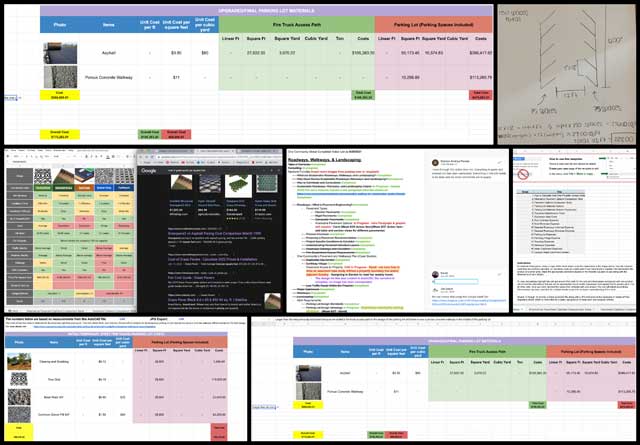







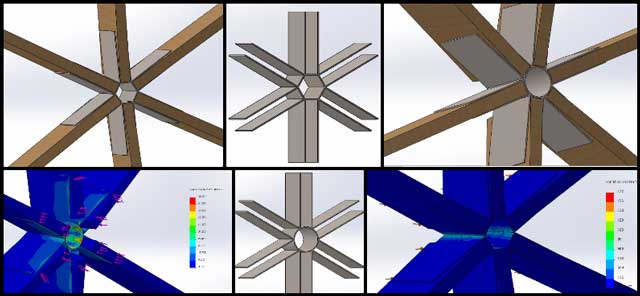






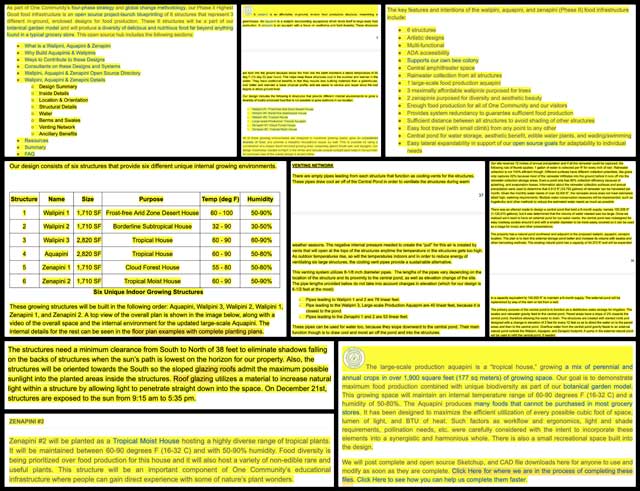

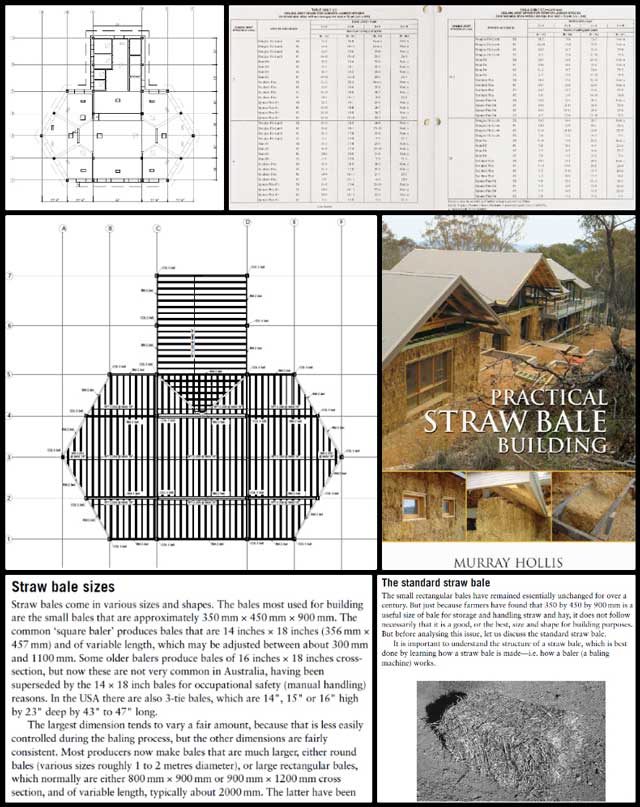
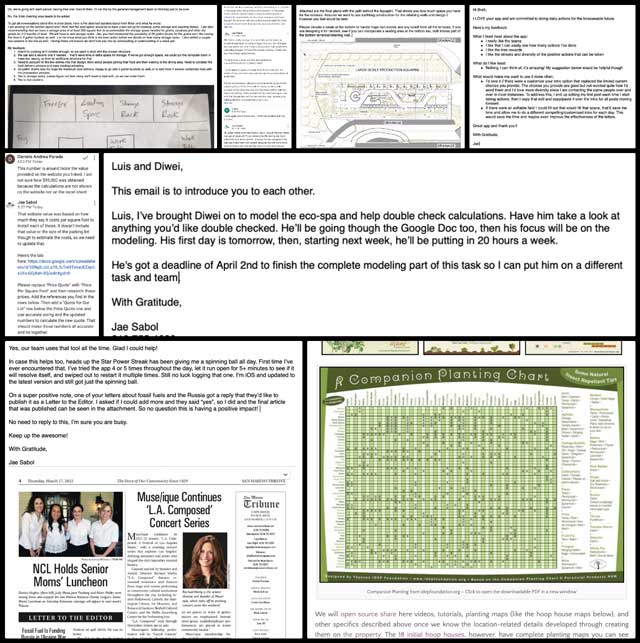




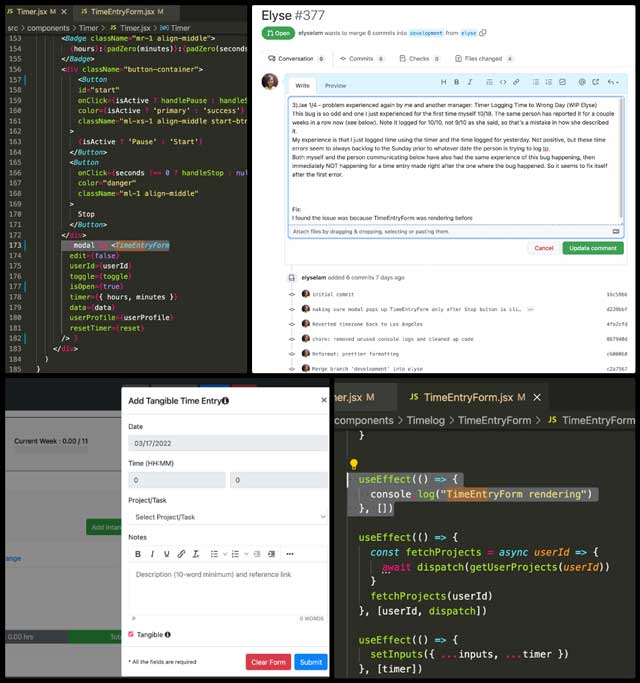
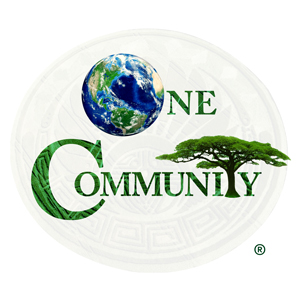


Connect with One Community